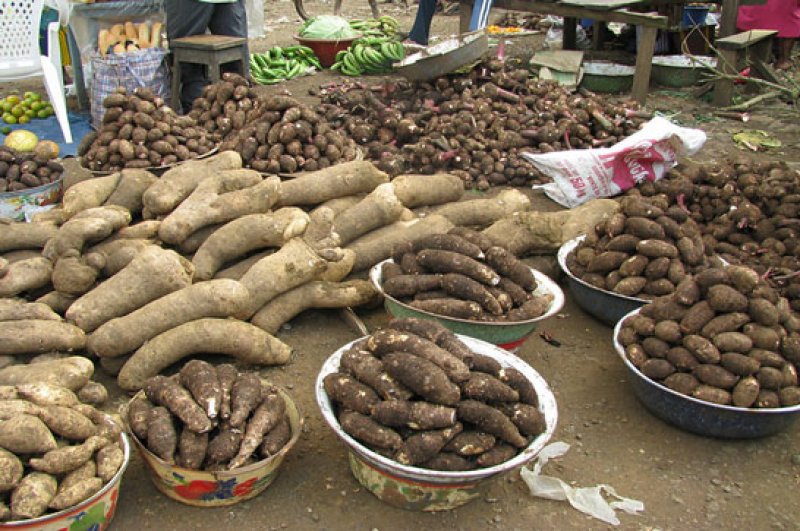Yam prices in Ghana on a 5-year low
By Stephen Anti

Credit: Ghana News Agency
Prices of yam in Ghana have seen a consistent drop over the past 5 years, although yam has the second highest production levels of any food crop in Ghana over the past 50 years. World Food Program crop prices data for Ghana indicates the steepest drop in the largest cultivation region of Brong Ahafo, occurred between July and August of 2017.
During the period, prices dropped from as high as 1,016 ghc in July to a low of 226 ghc per 100 tubers of yams, which translates averagely to a drop from 10ghc per tuber to about 2ghc over the period.
Markets in the Brong Ahafo regional capital, Techiman have experienced these fluctuations mainly due to challenges of storage losses due to pests, dehydration, sprouting and rot. Majority of farmers also face major transportation challenges of moving the food crop from farms and out-grower areas to the markets (EPAR